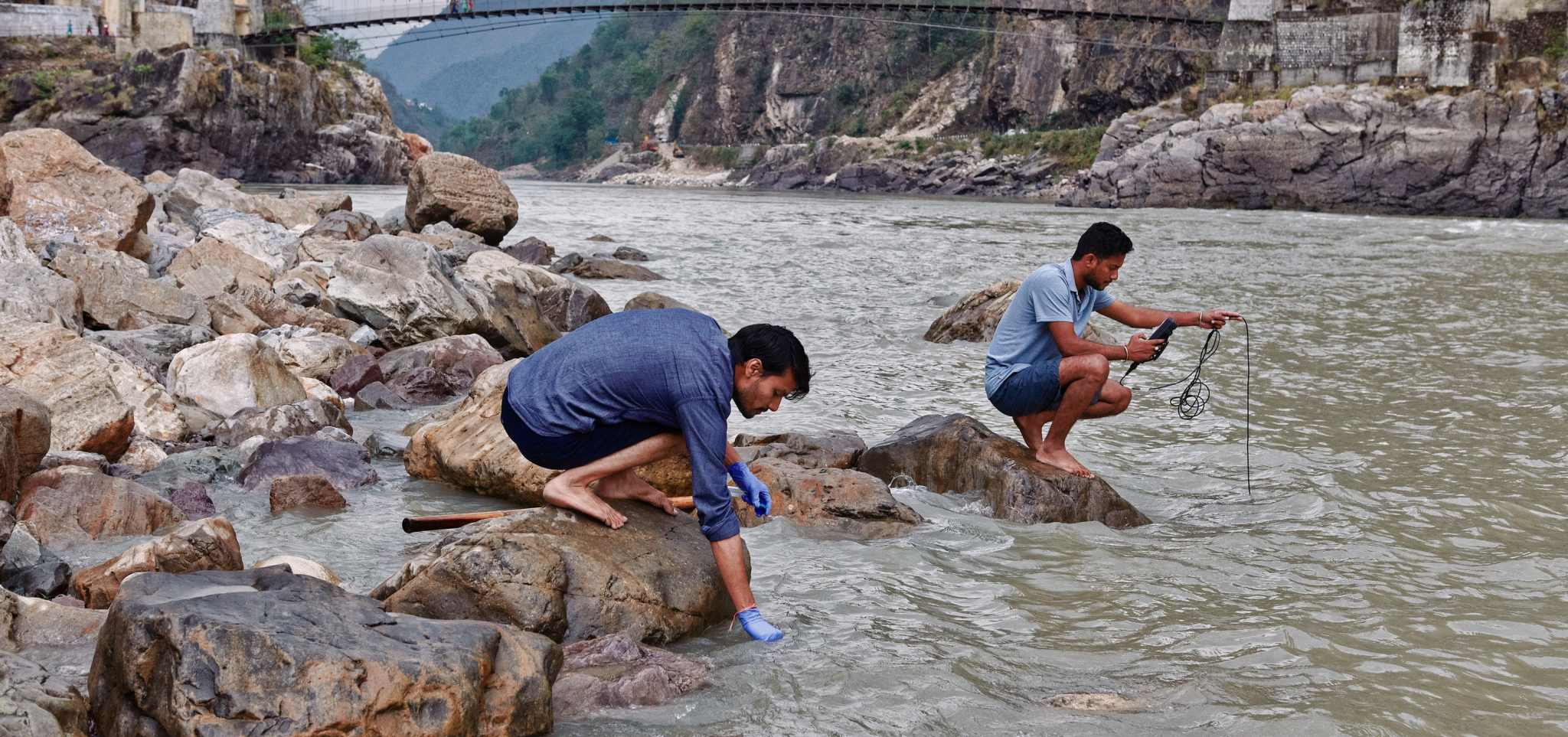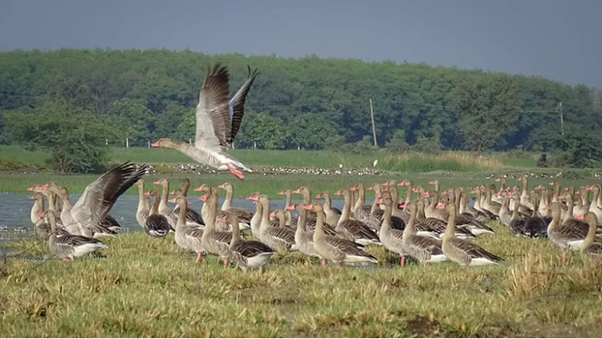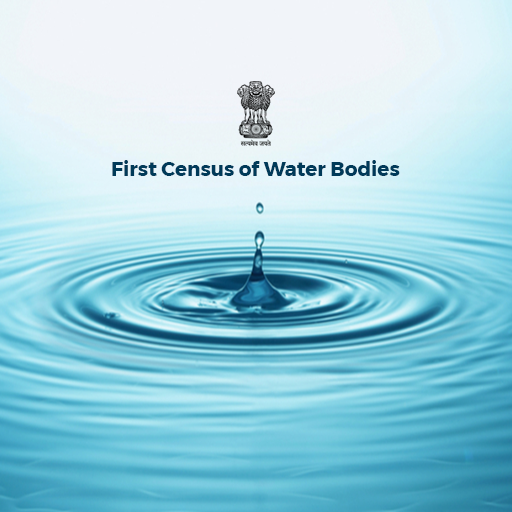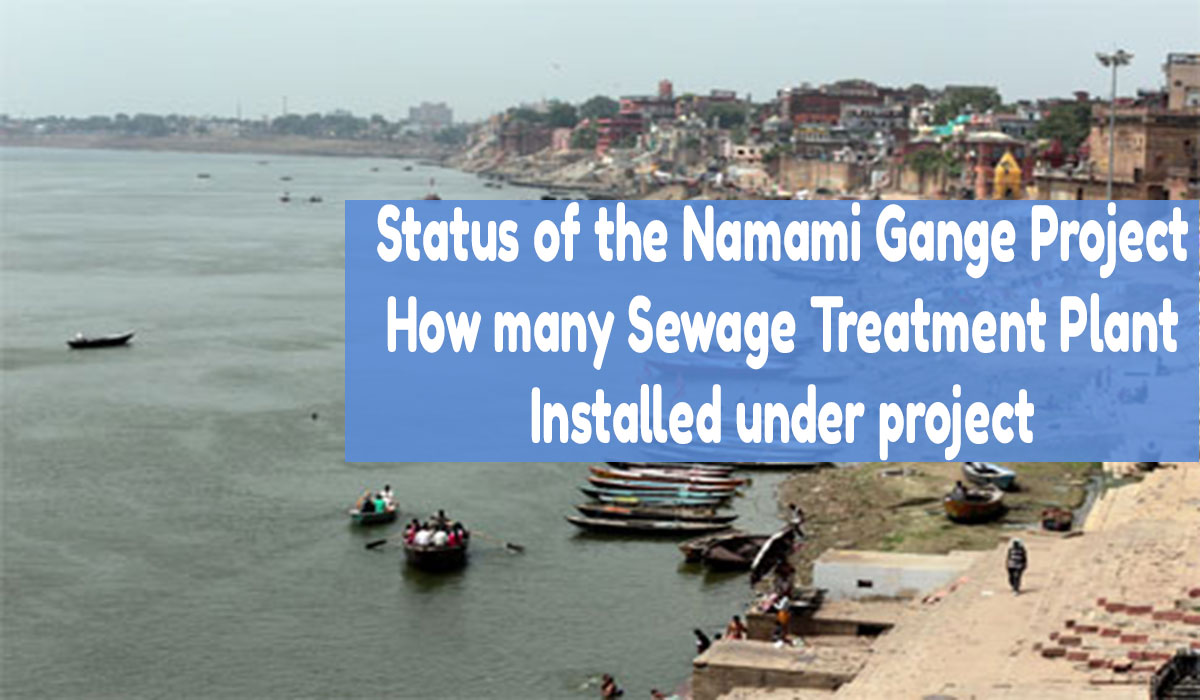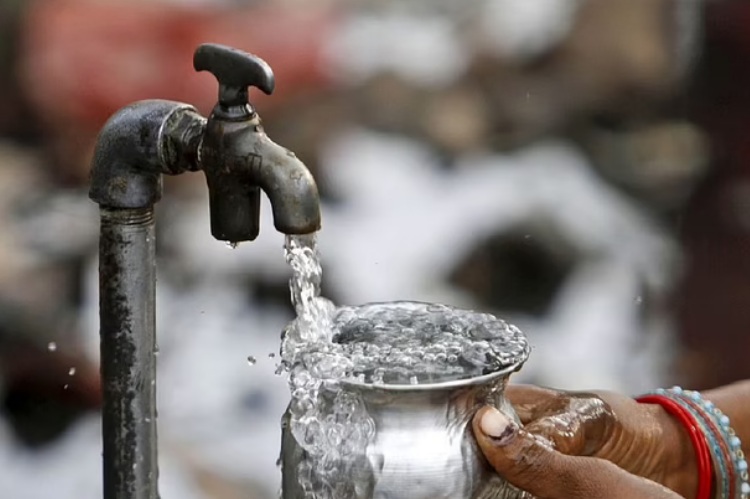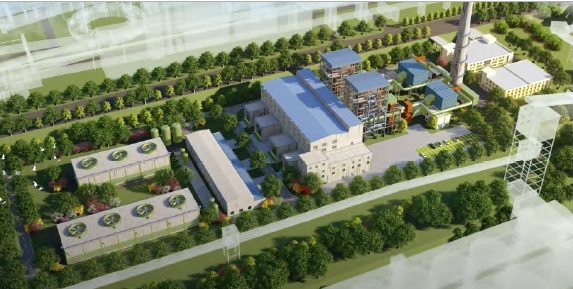According to a study by the Wildlife Institute of India\ (WII) the water in the holy Ganges is not in not in good health. The two head steams that form the Ganga River, at Devprayag, are the Aleksandra, coming from the Alkapuri glacier, and the Bhagirathi coming from Gurumukhi. The study done by WII has brought to light that the good bacteria, in both the headstreams of the Ganges was low. The good bacteria which is largely responsible for maintaining the purity of the water, in the Ganges, is Batriaphos.…
Read MoreAuthor: eawater
Why is it important?
The creek is surrounded by mangrove forests on both sides. These forests apart from supporting the Rich biodiversity of that supports a wide variety of migratory birds also protect the land from the tidal waves. Not to forget that creeks help in improving water quality. Another first with the Thane Creek being notified, as a Ramsar site is that it would perhaps be the first time that a Ramsar site is located with an urban agglomeration. With the creek being made a Ramsar site, apart from helping the ecology thrive…
Read MoreWhere is the Thane creek?
The Thane creek is in Mumbai and is one of the longest in Asia. The creek connects with the Ulhas River through a narrow channel. The Thane Creek shares its borders with Mumbai and its suburban districts and the Thane district and Navi Mumbai. The creek is spread over an area of 6,521. 08 hectares. A part of the creek (1,690.5 hectares) was declared the Thane Creek Flamingo Sanctuary (TCFS) and the balance was notified as an eco-sensitive zone around the TCFS, in October 2021.
Read MoreThane Creek Gets Ramsar Site Status
The Thane Creek, in Mumbai, is now a Ramsar Site. Before getting into details of how this will impact wildlife at the Thane Creek, it is important to know what a Ramsar site is. A wetland of international importance under the Ramsar Convention is known as a Ramsar site. The Ramsar Convention is also known as “The Convention on Wetlands”, and is an inter-governmental environmental treaty established in 1971 by UNESCO, that came into force in 1975. The conference/convention was held in Ramsar, in Iran, in 1971, hence the name…
Read MoreCensus of Water Bodies
The following information was provided by the Minister of State, Jal Shakti, and Shri Bishweswar Tudu in a written reply in the Look Sabha. Ministry of Jal Shakti has launched the first Census of Water Bodies in convergence with the Sixth Minor Irrigation Census. Guidelines for repair, renovation and restoration of water bodies (RRR of WBs) component of Pradhan Mantri Krishi Sinchayee Yojana (PMKSY)-Her Chet Koi Pane (HKKP), under which the Ministry of Jal Shakti is providing financial assistance to states for identified schemes, were issued in January, 2022. These…
Read MoreStatus of Projects under Navami Ganges Programmed
Shri Bishweswar Tudu, Minister of State, Jal Shakti provided the following information in a written reply, in the Look Sabha. The Navami Ganges Programmed (NGP) is dynamic and evolving in nature to address the emerging needs and priorities for rejuvenation of river Ganga and its tributaries. Under the NGP, state level annual action plans are prepared and projects are developed by the States and taken up for implementation after due approval process and efforts are made to complete the projects by their scheduled timelines. Under NGP, state level annual action…
Read More10 crore rural households get drinking water through taps
As the country celebrates Azadi ka Amrit Mahotsav, to mark 75 years of India’s Independence, Jal Jeevan Mission (JJM) achieves a new milestone by providing 10 crore rural households with safe and clean drinking water through taps. When the JJM was launched by Shri Narendra Modi, Prime Minister of India, on 15 August 2019, from the ramparts of the Red Fort, only 3.23 Crore households in villages had access to a piped water connection. The country achieved the landmark of 10 crore functional household tap connection on 19 August 2022.…
Read MoreWASTE WATER IS A RESOURCE
By Mandar Vaijanapurkar In some cases, energy production has now reached a level where the energy recovered from waste water treatment process not only ensures the plant’s own needs, but also covers the energy needs for drinking, water production and so on. The worldwide consumption of drinking water is doubling every 20 years. At the same time, due to rapid industrialization and exponential growth in population, massive or huge amounts of wastewater is being discharged daily into our environment. However, only close to half of all wastewater is being treated…
Read MoreTRANSFORMING WATER LOSS INTO A WATER RESOURCE
By Ben Shenkar Presenting a revolutionary new paradigm for repairing distribution Networks with losses, from 25% and above, from within the pipe without the need for leak detection and excavation. Leaks creating water loss in pressurized urban water distribution pipes run rampant both in the developed part of the globe and for India as well, where leakage levels can, in some cases, top even 50% of the water that is distributed. This widespread phenomenon has traditionally been ignored or, at best, token efforts have been made to reduce visual breaks…
Read MoreSHANDONG METALLURGICAL ENGINEERING USES 3D MODELING TO DESIGN A LOW-CARBON EMITTING POWER PLANT
Use of 3D modelling Helps Gain Economic and Environmental Savings and Improve Drawing Efficiency by 60% Promoting Green Development in China Shandong Province Metallurgical Engineering Co., Ltd is an international engineering smelting company that integrates investment, consulting, design, construction, and operations. After more than 60 years of development, the organization has grown into one of the top 10 design institutes and engineering, procurement, and construction (EPC) contractors in the metallurgical sector of China. Smelting iron and steel often produces by-products such as blast furnace gas, converter gas, and coke. The…
Read More

